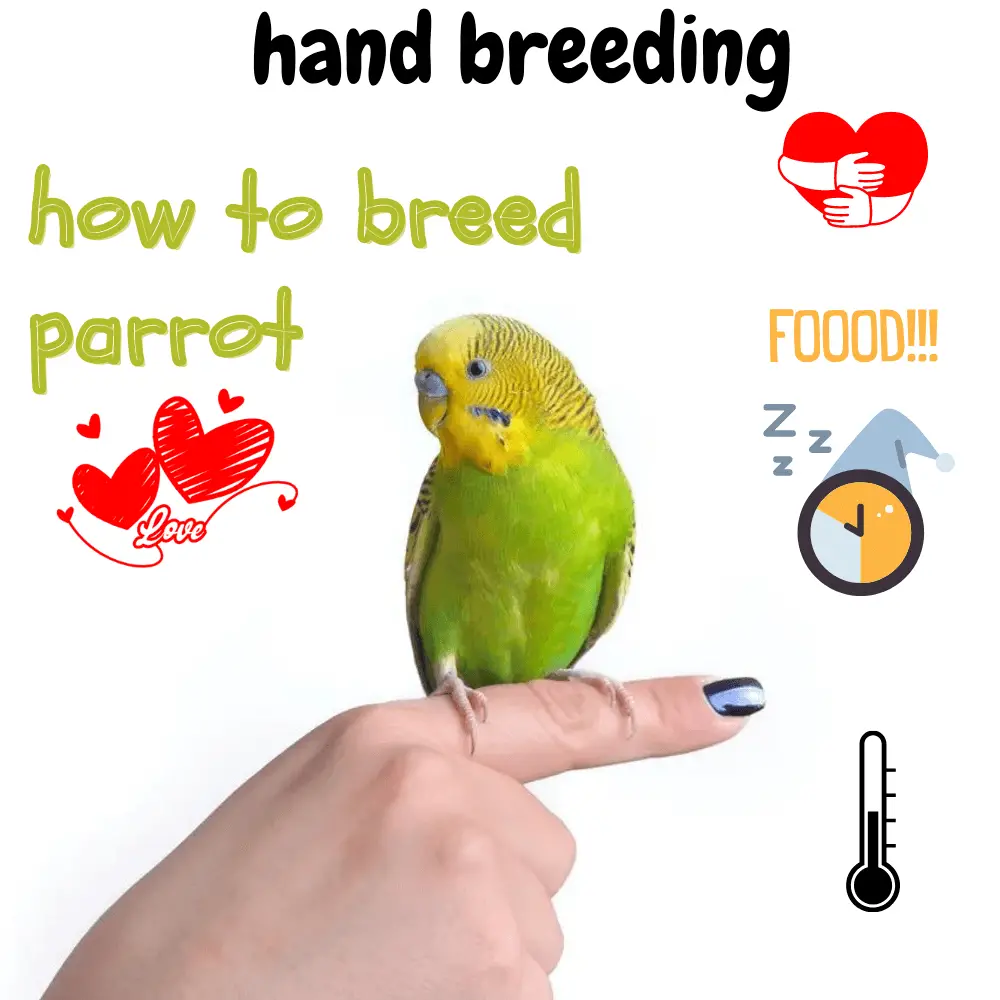How to breed parrot: the aim of this article is to explain the stages of breeding by hand in order to avoid the worst, without encouraging them to do so. Prevention is better than cure!
For the hand-rearing of a baby bird, you will first need the necessary material for the Hand Breeding parrot, experience, and respect the points below:
The temperature of the brooder
The temperature of the brooder must be properly regulated, a large deviation can cause poor digestion and weight loss. Here are the average temperatures to be respected depending on the age of the baby:
- From egg release until the sixth day: 36 to 37 ° C
- From 6 to 12 days: 32 ° C
- From 12 to 22 days: 30 ° C
- When the bird is feathered: 26 ° C
These temperatures can vary a few degrees depending on the species, but nothing beats watching the chicks.
At the right temperature, the young bird keeps well, does not tremble, and sleeps peacefully.
For this type of breeding, it is advisable to group chicks of the same age together to keep each other company and be happier,
but if the chick is alone, you can provide a plush or toy that matches its size for it. does not feel alone and somehow replaces his mother a bit.
Here is an example of the manufacture of a breeder for baby birds carried out by our team.
The hygrometry of the breeder
The humidity of the brooder should be between 40 and 55% minimum, but the correct humidity is around 55-60%.
This parameter is very important for the growth and hydration of babies and it influences the future physical health of the bird.
Parrot sleep
respect of the stages of sleep is also very important for the development of the bird, its mental health and to avoid the behavioral disorders of the kind confusing the day and the night, not wanting to go to bed at the hour of dusk…
The temperature of the mash
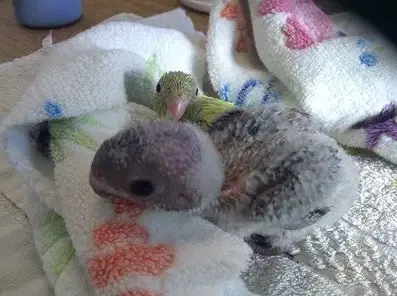 How to breed parrot
How to breed parrot
The temperature of the mash must be maintained at 37 ° C throughout feeding, for this, you can use a water bath for example. If it is not warm enough, digestion is less well and crop blockages are often due to this.
Warning :
- Too hot mixture: risk of serious burns to the esophagus and crop
- Mixture too cold: risk of refusal to eat the baby bird and blockage of the crop
- Avoid re-feeding on undigested mash, at the risk of causing blockage of the crop
parrot Hand feeding
 How to breed parrot
How to breed parrot
During the first days, the chicks will be fed 8 to 10 times a day (every 2h-2h and a half)
- From one week onwards, feeding can take place every 3 or 4 hours, and the weight curve changes rapidly, otherwise the temperature of the breeder must be checked because a drop in temperature can cause long digestion and keep the food at the right temperature throughout the feeding.
- Between the first and the second week, you can gradually thicken the mash mixture.
- Between the third and fourth weeks, the number of meals can be reduced to 3 times a day by increasing the food intake.
- Then going to two meals a day, it is at this age that the bird begins to peck and nibble the food. During this period the chicks will be housed in spacious cages, where they can exercise their wings.
- To encourage them to feed themselves, we will offer them additional mash, sprouted seeds, fruits, cluster millet, and seeds for large parakeets and we will give only one meal (mash) of the day. After a few days and driven by hunger the chicks start to eat on their own.
Ps: the daily meals above do not represent a rule but indications.
According to a confirmed breeder friend “Thierry”:
Raising by hand is a set between the difference of each individual and their different ways of growing up.
You have to live it and there is no rule except that of observation and habit … it all depends on the species.
And even in the same brood, there may be a lag in the change of rhythm… The same goes for weaning, it is a feeling towards the bird and its behavior.
Materials needed for Hand Breeding parrot
How to breed parrot: Here is the list of materials needed for the Materials needed Hand Breeding parrot
Parrot Food
In the trade, there are various preparations to be diluted to feed the chicks, generally, these foods are balanced and contain all the necessary nutrients, vitamins, and minerals.
The most widely used powdered formula for hand feeding is “Nutribird 21” from Versele Laga.
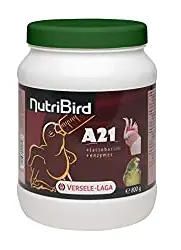

Feeding equipment
The spoon with the edges raised to facilitate the flow of the food in the beak of the bird, this technique is considered the closest to feeding by the parents,
however, it is a slow, messy and above all not easy method to assess the amount absorbed by the chick.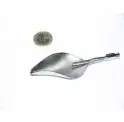
The syringe is cleaner and faster than the spoon, and the amount of food is controlled. However, if feeding is improperly done by directing the food to the respiratory tract, there is a risk that the chick will choke.

Balance (to the tenth of a gram) is necessary to monitor the changing weight of the young.
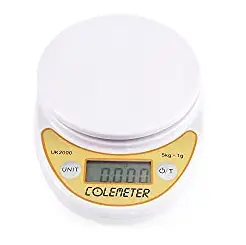

Read also: Hand raised parakeet
Secret To Breed Parrots – Expert Advice
SOURCE: Think About

